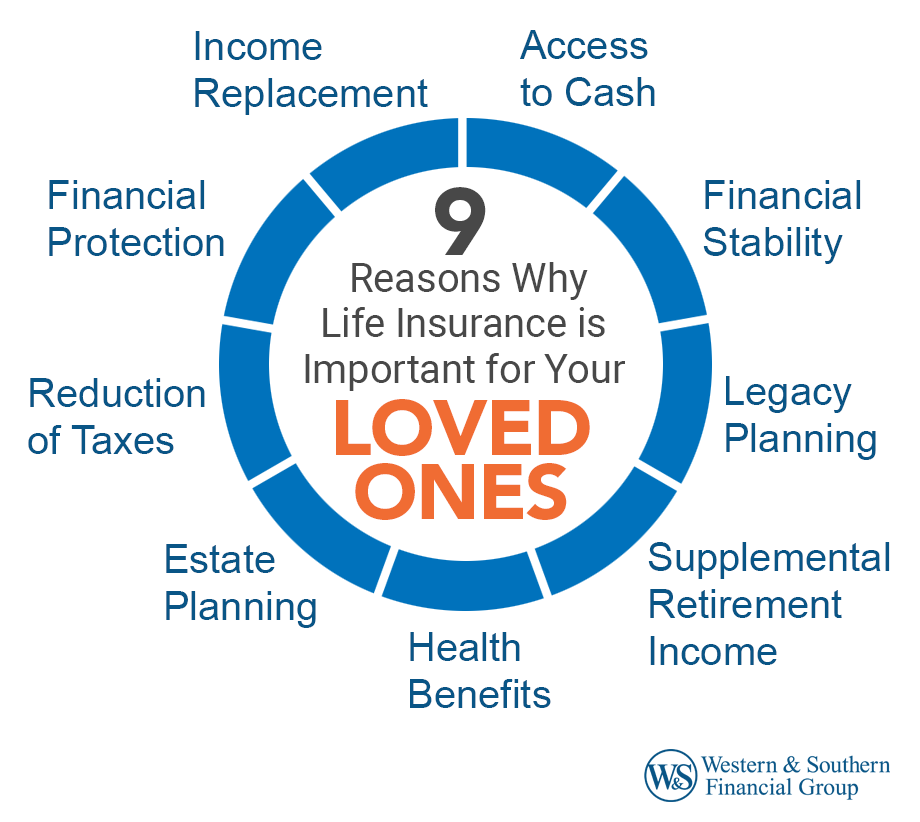A Biased View of Pacific Prime
A Biased View of Pacific Prime
Blog Article
Not known Incorrect Statements About Pacific Prime
Table of ContentsOur Pacific Prime IdeasPacific Prime Can Be Fun For AnyoneExamine This Report on Pacific PrimeThe Definitive Guide for Pacific PrimeSome Known Details About Pacific Prime
:max_bytes(150000):strip_icc()/terms_i_insurance_FINAL_-3556393b3bbf483e9bc8ad9b707641e4.jpg)
This is since the data were accumulated for a period of strong economic efficiency. Of the approximated 42 million people who were without insurance, all however concerning 420,000 (concerning 1 percent) were under 65 years old, the age at which most Americans end up being eligible for Medicare; 32 million were adults in between ages 18 and 65, about 19 percent of all adults in this age group; and 10 million were youngsters under 18 years of age, about 13.9 percent of all youngsters (Mills, 2000).
These quotes of the number of individuals uninsured are created from the annual March Supplement to the Present Populace Study (CPS), conducted by the Census Bureau. Unless or else kept in mind, nationwide price quotes of people without medical insurance and proportions of the population with various sort of coverage are based on the CPS, one of the most widely utilized resource of quotes of insurance policy coverage and uninsurance rates.
What Does Pacific Prime Mean?

Still, the CPS is specifically valuable due to the fact that it generates yearly quotes fairly swiftly, reporting the previous year's insurance policy protection approximates each September, and since it is the basis for a consistent set of estimates for even more than two decades, permitting analysis of trends in coverage with time. For these factors, along with the considerable usage of the CPS in various other researches of insurance protection that exist in this record, we depend on CPS quotes, with limitations noted.

The price quote of the number of uninsured people increases when a populace's insurance standing is tracked for a number of years. Over a three-year duration starting early in 1993, 72 million people, 29 percent of the U.S. https://www.quora.com/profile/Freddy-Smith-136. populace, lacked coverage for a minimum of one month. Within a solitary year (1994 ), 53 million individuals experienced at the very least a month without insurance coverage (Bennefield, 1998a)
6 out of every 10 without insurance grownups are themselves used. Functioning does enhance the likelihood that one and one's household members will have insurance, it is not a warranty. Also members of family members with 2 full time wage earners have virtually a one-in-ten chance of being without insurance (9.1 percent without insurance rate) (Hoffman and Pohl, 2000).
A Biased View of Pacific Prime
New immigrants account for a significant proportion of individuals without medical insurance. One evaluation has associated a substantial part of the current growth in the dimension of the click here for info U.S. uninsured populace to immigrants that showed up in the country in between 1994 and 1998 (Camarota and Edwards, 2000). Current immigrants (those that concerned the USA within the past four years) do have a high price of being without insurance (46 percent), but they and their kids account for simply 6 percent of those without insurance country wide (Holahan et al., 2001).
The connection in between medical insurance and accessibility to care is well developed, as documented later in this phase. The partnership between health insurance policy and wellness end results is neither direct neither basic, a substantial scientific and health and wellness services research literary works web links health and wellness insurance coverage to better access to care, far better quality, and enhanced individual and population health status.
Levels of analysis for analyzing the impacts of uninsurance. It focuses specifically on those without any kind of health insurance policy for any type of size of time.
The Only Guide for Pacific Prime
The problems dealt with by the underinsured remain in some respects similar to those encountered by the uninsured, although they are usually less extreme. group insurance plans. Uninsurance and underinsurance, nonetheless, include distinctly various policy concerns, and the techniques for addressing them might differ. Throughout this research study and the five records to adhere to, the primary emphasis is on individuals with no medical insurance and hence no support in spending for health care past what is offered via charity and safeguard institutions
Wellness insurance policy is an effective aspect influencing receipt of treatment because both individuals and doctors reply to the out-of-pocket rate of services - https://pacificpr1me.start.page. Medical insurance, nevertheless, is neither needed nor adequate to get to medical services. Nonetheless, the independent and direct effect of medical insurance coverage on access to wellness solutions is well developed.
Others will certainly obtain the wellness care they need also without medical insurance, by spending for it out of pocket or seeking it from providers that provide treatment complimentary or at extremely subsidized prices. For still others, wellness insurance coverage alone does not make sure invoice of treatment due to other nonfinancial obstacles, such as an absence of health and wellness care service providers in their community, minimal access to transport, illiteracy, or linguistic and cultural distinctions.
The Definitive Guide to Pacific Prime
Formal research study concerning without insurance populaces in the United States dates to the late 1920s and early 1930s when the Committee on the Price of Healthcare created a collection of records about financing doctor workplace check outs and hospital stays. This issue ended up being salient as the varieties of clinically indigent climbed throughout the Great Anxiety.
Report this page